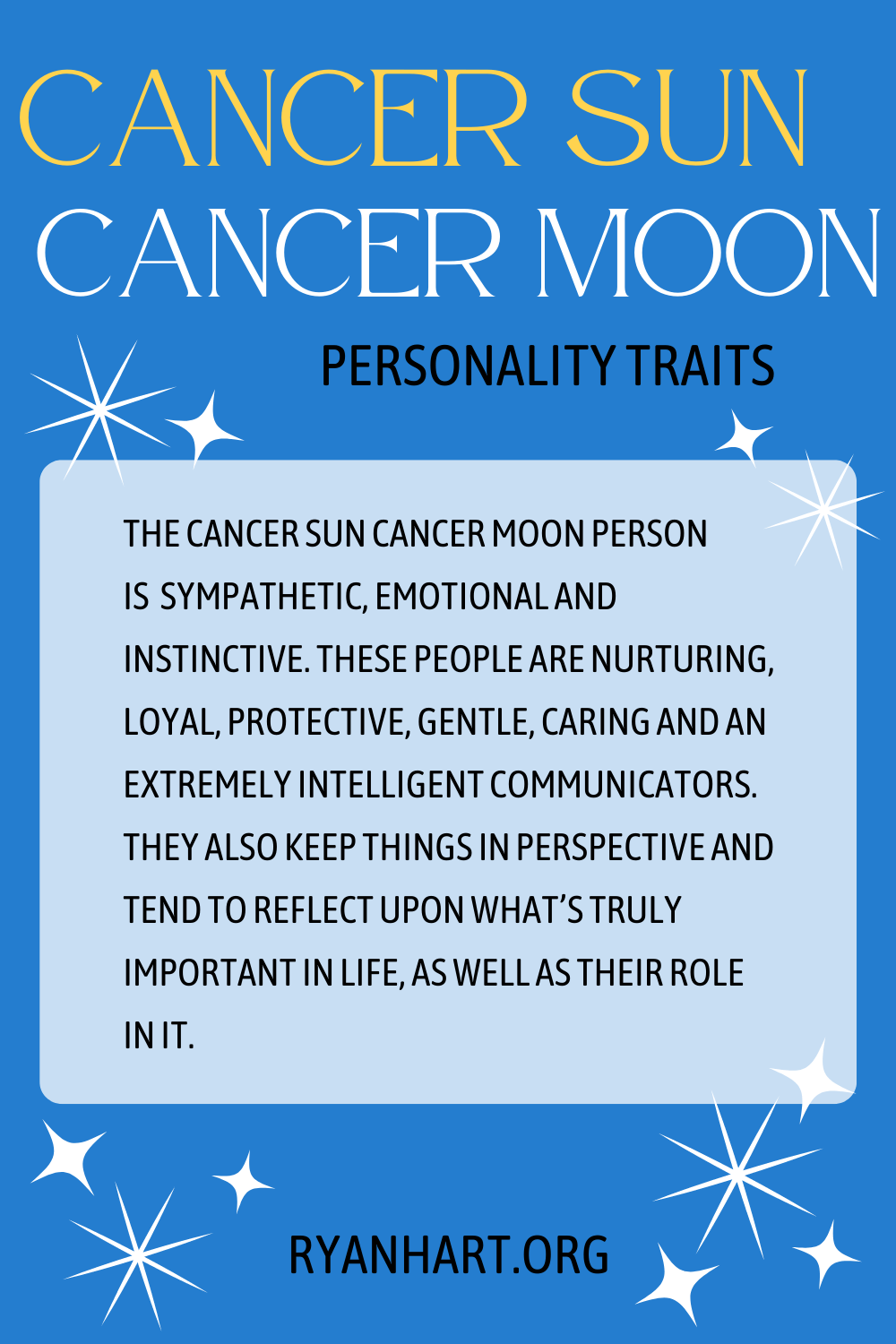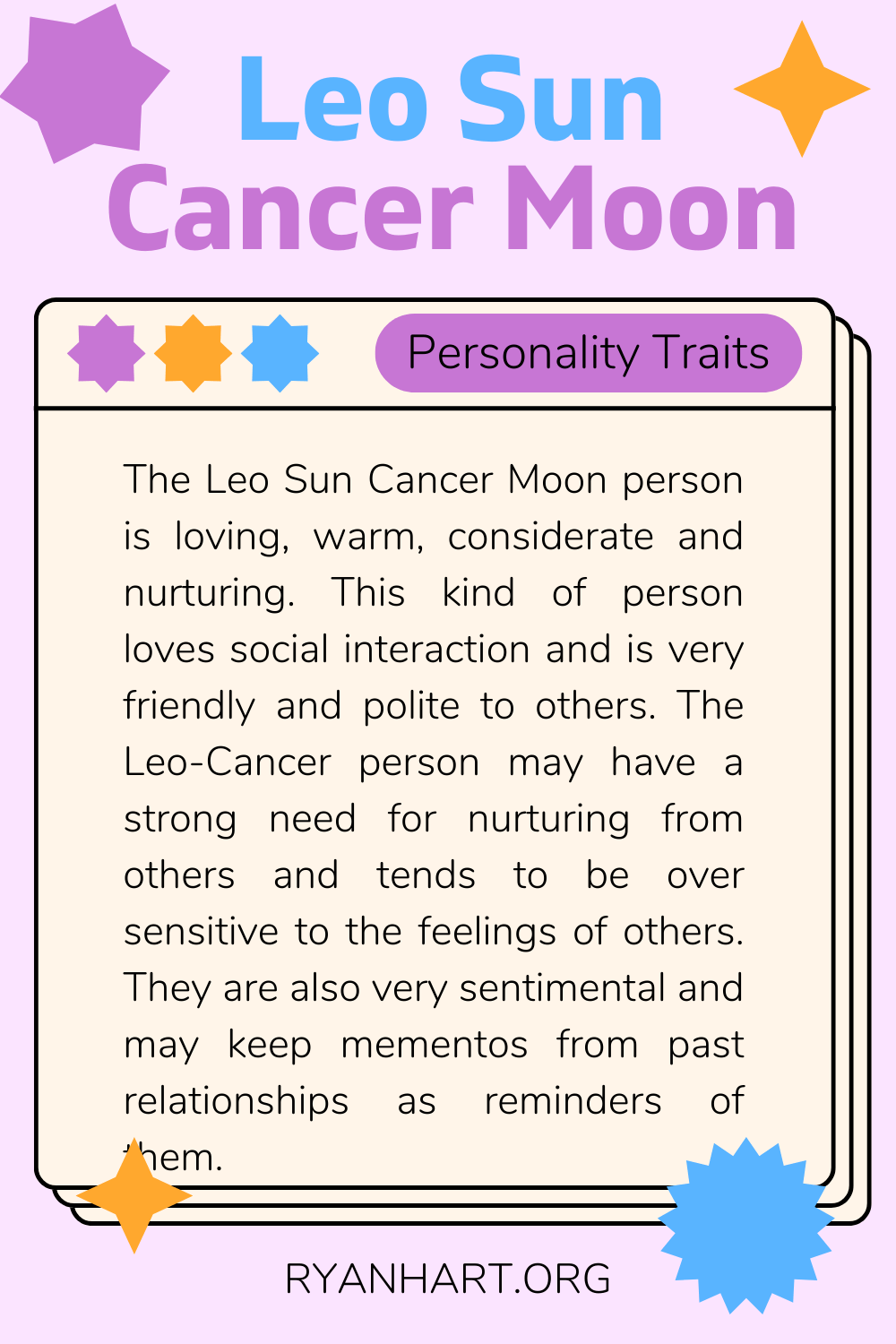Rising Sun Cancer: Understanding The Silent Threat To Our Health
Rising sun cancer has become one of the most concerning health issues worldwide. As the incidence of skin cancer continues to rise, it is crucial for individuals to understand its causes, symptoms, and prevention methods. This article aims to provide a comprehensive overview of rising sun cancer, helping readers stay informed and take proactive steps toward safeguarding their health.
Skin cancer is not a new phenomenon, but its increasing prevalence has sparked global concern. Rising sun cancer, specifically, refers to cancers caused by excessive exposure to ultraviolet (UV) radiation from the sun. The sun's rays, while essential for life, can be harmful if not approached with caution. Understanding this connection is the first step toward effective prevention.
This article will explore the various aspects of rising sun cancer, including its types, risk factors, diagnosis, treatment options, and preventive measures. By the end of this discussion, readers will have a clearer understanding of how to protect themselves and their loved ones from this potentially life-threatening condition.
Read also:Niccolo Govender Unveiling The Remarkable Journey Of A Visionary Leader
Table of Contents
- What is Rising Sun Cancer?
- Types of Skin Cancer
- Causes and Risk Factors
- Symptoms of Skin Cancer
- Diagnosis Process
- Treatment Options
- Prevention Strategies
- Importance of Sunscreen
- Latest Research and Developments
- Conclusion
What is Rising Sun Cancer?
Rising sun cancer refers to the development of skin cancer due to prolonged and unprotected exposure to the sun's ultraviolet (UV) rays. UV radiation is a known carcinogen, meaning it has the potential to cause cancer. There are two primary types of UV rays that contribute to skin damage: UVA and UVB. UVA rays penetrate deep into the skin, causing premature aging and wrinkling, while UVB rays are responsible for sunburns and direct DNA damage.
How Does UV Radiation Cause Cancer?
UV radiation damages the DNA within skin cells, leading to mutations. Over time, these mutations can accumulate and result in uncontrolled cell growth, forming malignant tumors. People with fair skin, light hair, and a history of sunburns are at higher risk of developing rising sun cancer. However, it is important to note that anyone, regardless of skin type, can be affected by this condition.
Types of Skin Cancer
There are several types of skin cancer, each with distinct characteristics and treatment approaches. The three most common types are basal cell carcinoma, squamous cell carcinoma, and melanoma. Understanding the differences between these types is essential for early detection and appropriate treatment.
Basal Cell Carcinoma
Basal cell carcinoma (BCC) is the most common form of skin cancer. It typically appears on areas of the skin that receive the most sun exposure, such as the face, neck, and arms. BCC grows slowly and rarely spreads to other parts of the body, but if left untreated, it can cause significant damage to surrounding tissues.
Squamous Cell Carcinoma
Squamous cell carcinoma (SCC) is the second most common type of skin cancer. It often develops in areas exposed to the sun, such as the ears, lips, and scalp. SCC can spread to other parts of the body if not treated promptly, making early detection crucial.
Melanoma
Melanoma is the most dangerous form of skin cancer. It arises from melanocytes, the cells responsible for producing pigment in the skin. Melanoma can spread rapidly to other organs, making it a life-threatening condition if not caught early. Regular skin checks and awareness of warning signs are essential for melanoma prevention.
Read also:Mcgee Singer Net Worth A Comprehensive Look At His Wealth And Career
Causes and Risk Factors
While UV radiation is the primary cause of rising sun cancer, several other factors can increase an individual's risk. These include genetic predisposition, a history of sunburns, weakened immune systems, and exposure to certain chemicals or environmental factors.
Genetic Predisposition
Some people are genetically more susceptible to skin cancer. Individuals with a family history of melanoma or other skin cancers are at higher risk. Genetic mutations, such as those associated with the CDKN2A gene, can significantly increase the likelihood of developing rising sun cancer.
Environmental Factors
Living in areas with high levels of sunlight or at higher altitudes can increase UV exposure. Additionally, exposure to artificial UV sources, such as tanning beds, has been linked to a higher risk of skin cancer. Limiting exposure to these sources is essential for reducing the risk of rising sun cancer.
Symptoms of Skin Cancer
Early detection is key to successful treatment of rising sun cancer. Recognizing the symptoms and warning signs can help individuals seek medical attention promptly. Common symptoms include changes in the appearance of moles, persistent sores that do not heal, and the development of new growths on the skin.
The ABCDEs of Melanoma
- Asymmetry: One half of the mole does not match the other half.
- Border: The edges of the mole are irregular or blurred.
- Color: The mole has varying shades of color, including brown, black, or red.
- Diameter: The mole is larger than 6 millimeters in diameter.
- Evolution: The mole changes in size, shape, or color over time.
Diagnosis Process
Diagnosing rising sun cancer involves a combination of physical examinations, imaging tests, and biopsies. Dermatologists use specialized tools, such as dermatoscopes, to examine suspicious lesions in detail. If a biopsy confirms the presence of cancer, further tests may be conducted to determine the extent of the disease.
Biopsy Methods
There are several types of biopsies used to diagnose skin cancer, including shave biopsies, punch biopsies, and excisional biopsies. Each method involves removing a small sample of tissue for laboratory analysis. The choice of biopsy depends on the size and location of the lesion, as well as the suspected type of cancer.
Treatment Options
The treatment of rising sun cancer depends on the type and stage of the cancer, as well as the patient's overall health. Common treatment options include surgery, radiation therapy, chemotherapy, and immunotherapy. Advances in medical technology have made these treatments more effective and less invasive than ever before.
Surgical Options
Surgery is the most common treatment for early-stage skin cancer. Procedures such as Mohs surgery, excisional surgery, and cryosurgery are used to remove cancerous tissue while preserving healthy skin. In more advanced cases, lymph node removal or reconstructive surgery may be necessary.
Prevention Strategies
Preventing rising sun cancer involves a combination of protective measures and lifestyle changes. Limiting sun exposure, wearing protective clothing, and using sunscreen are some of the most effective strategies for reducing the risk of skin cancer.
Protective Clothing
Wearing long-sleeved shirts, wide-brimmed hats, and sunglasses can significantly reduce UV exposure. Clothing with a high ultraviolet protection factor (UPF) rating provides additional protection against harmful rays.
Importance of Sunscreen
Sunscreen is one of the most important tools in the fight against rising sun cancer. It works by absorbing or reflecting UV radiation, preventing it from penetrating the skin. When choosing a sunscreen, look for products with broad-spectrum protection, an SPF of 30 or higher, and water-resistant properties.
How to Apply Sunscreen Properly
- Apply sunscreen 15-30 minutes before going outside.
- Use approximately one ounce (a shot glass full) of sunscreen to cover exposed areas.
- Reapply sunscreen every two hours, or more frequently if swimming or sweating.
Latest Research and Developments
Research into rising sun cancer continues to advance, offering new hope for prevention and treatment. Scientists are exploring innovative therapies, such as targeted drugs and immunotherapies, that specifically attack cancer cells while sparing healthy tissue. Additionally, studies are being conducted to better understand the genetic and environmental factors contributing to skin cancer.
Genetic Testing
Genetic testing is becoming increasingly important in the field of skin cancer research. By identifying individuals with a higher genetic risk, doctors can implement more aggressive prevention and screening strategies. This personalized approach to medicine has the potential to significantly reduce the incidence of rising sun cancer.
Conclusion
Rising sun cancer is a serious health concern that affects millions of people worldwide. By understanding its causes, symptoms, and prevention methods, individuals can take proactive steps to protect themselves and their loved ones. Early detection and prompt treatment are essential for achieving the best possible outcomes.
We encourage readers to share this article with friends and family, spreading awareness about the importance of sun safety. Additionally, consider scheduling regular skin checks with a dermatologist to monitor any changes in your skin. Together, we can reduce the impact of rising sun cancer and promote healthier, safer communities.


